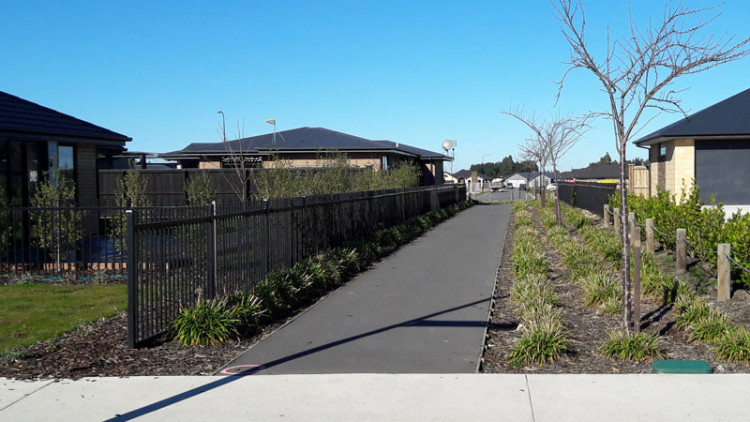District plans assist territorial authorities in carrying out their functions in order to achieve the sustainable management purpose of the Resource Management Act. A district plan must outline the objectives for the district, policies to implement the objectives and methods or rules to implement the policies.
District plans have a key role to play in developing new walkable communities as well as improving the walkability of existing communities when development occurs.
During strategic planning and larger development processes, ensuring connected and dense pedestrian networks should be the focus, whereas finer design details to support people walking should be considered during more localised consenting processes.
Provisions for pedestrians will predominantly be contained within the transportation and subdivision chapters and/or within the zone chapters of a district plan.
The matters discussed in the table below should be addressed in district plan provisions to support walking. Some design guidance is best provided in a code of practice rather than in the district plan, however key requirements should be included in the district plan. The table provides a discussion of each issue and also the recommended provisions that can address the issue. The details and extent of the provisions will need to be tailored to the context of each district, land use patterns, availability of transport choices and strategic direction of the district plan.
![]()
Table: Matters to be addressed in district plans [PDF, 176 KB]

Example of a pedestrian walkway through a car park. (Photo: Jeanette Ward)

Good practice accessway example. (Photo: Jeanette Ward)

Poor practice accessway example. (Photo: Jeanette Ward)